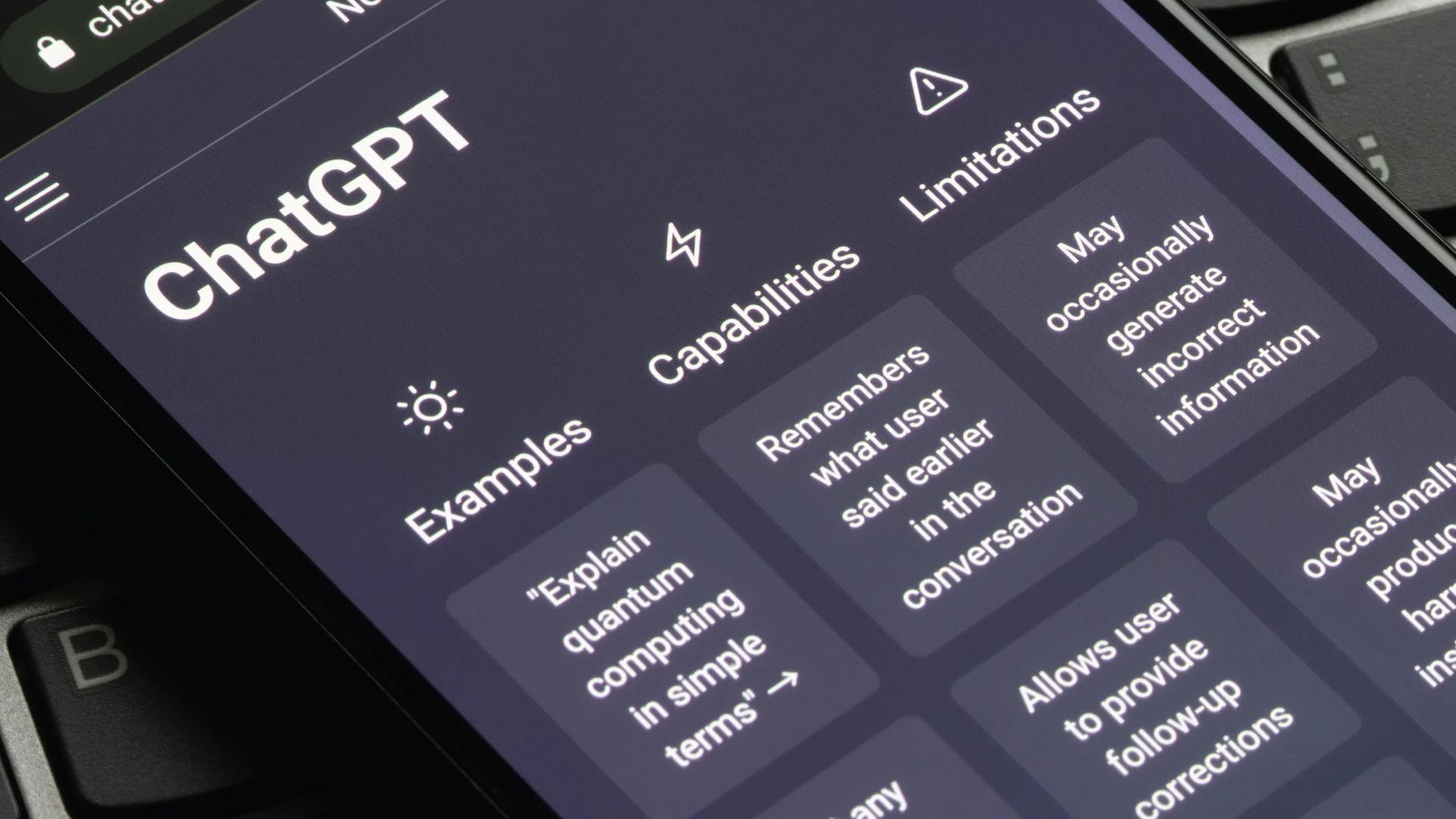While the COP26 summit set out to lower carbon emission and promote the use of renewable energy, tackling e-waste has been completely overlooked. The government’s Net Zero strategy and Ten Point Green Plan has also shown a similar disregard towards e-waste, despite the UK being the second largest producer of e-waste per capita in the world.
However, onus doesn’t solely lie with the government to create an impetus of recycling and reusing electronic devices to reduce waste. Enterprises too can take the lead. Instead of physically destroying end-of-life devices, they can choose to repurpose or reuse these devices after the data has been securely erased from them. For example, in 2021 alone, a company called Blancco prevented 68.2 M KG of E-waste, with a pre-use carbon footprint of 5.6 billion KG. Experts believe that a tonne of e-waste has 100 times more gold than a tonne of gold ore, and according to the UN’s Global E-waste Monitor report published in July 2020, e-waste accounts for £7.9bn worth of gold, platinum and other precious metals. Extracting these precious metals for reuse can significantly scale back the environmental impact caused by mining for new ones. Likewise, harvesting parts from end-of-life devices can also help minimise the environmental impact as major damage to the environment is caused during the manufacturing and distribution of new devices. Therefore, repurposing and reusing a device or its parts not only extends its lifespan but also helps promote a circular economy while minimising any negative implications on the environment.
So, why aren’t all organisations repurposing or recycling devices? Research conducted by Blancco found that the misconstrued notion of physically destroying data bearing assets to get rid of data prevailed amongst 39 percent of organisations. This, however, is far from the truth. In some cases, data can still be recovered from physically destroyed assets. The safest and securest way is to use licensed data erasure software to wipe any traces of data from devices. Following this method will allow enterprises to keep the device in circulation and either repurpose it within the organisation or donate the device. Keeping the device out of a landfill. The same principle can be applied to data center operators. Steering away from the unnecessary destruction of often functional IT equipment will prevent the unnecessary manufacturing and purchasing of new equipment. Reducing the need for manufacturing new equipment doesn’t only help the environment but also saves the organisation the expense of purchasing new IT equipment.
Having manufactures override the built-in obsolescence through the Right to Repair laws is another step in the right direction to promoting a circular economy. This allows customers to repair damaged products, encouraging them to hold on to electronic products for longer and keeping them out of landfills. Trade-in programs and exchange offers also play a major role in helping promote the recycling and reusing of electronic devices.
While government initiatives can help provide the momentum needed to encourage enterprises to reduce e-waste through recycling and repurposing devices. An enterprises eagerness and internal policies, combined with consumers’ awareness can help achieve the same outcome. Ultimately, promoting a circular economy and curtailing e-waste is a joint effort shouldered by enterprises, government and consumers collectively.
















